TRACK CYCLING EXPLAINED

The Summer Olympic games are here again, which means there’ll be lots of track cycling on your TV. Tom McQuillan is here to demystify each of the track cycling events in Rio.
There has been plenty of controversy in the months leading up to the Rio de Janeiro games, between problems with funding the Games, attempts to pacify the violence of the city’s infamous favelas, and delayed construction of many of the stadiums. However, the most problematic projects of all was the construction of the Rio Olympic Velodrome, which floundered behind schedule even after all the other stadiums had been completed. At the end of May the company responsible for building the velodrome filed for bankruptcy, leaving the rest of the construction to a subcontractor and leaving a lot of cycling bigwigs very nervous.
nuestrociclismo.com
Thankfully the velodrome was completed in time (just), and so we can turn our attention to the sporting competition instead.
There are ten gold medals up for grabs in track cycling at this year’s Olympics - six in the men’s and women’s sprint events, and four in the men’s and women’s endurance events. Before we go through a brief rundown of each of them, here’s a quick examination of the bikes that you’ll see on the velodrome in Rio.
The bikes
If you like a simple, functional machine, you’ll love the track bikes that will be on display in Rio. All track bikes have a single fixed gear (just like the bike your favourite hipster rides), and no hand-operated brakes. This means that riders have to pedal constantly to keep travelling forward, and must accelerate or decelerate the speed they turn the pedals over if they want to speed up or slow down - they’d injure themselves if they stopped pedalling and tried to coast.
The frames of the track bikes you’ll see in Rio will be made of carbon fibre, and most will have been honed in a wind tunnel to maximise their aerodynamic efficiency - Great Britain have been working with Canadian firm Cervélo on their bikes for a number of years. The bodies of the wheels will also be made of carbon fibre, and the wheels riders use will either have 3 spokes, 5 spokes, or a full disc wheel, depending on the events they’re needed for. The smooth velodrome surface means that their tyres will be pumped up as high as they can tolerate - most tyres will be inflated to a pressure of 150-180 pounds per square inch (PSI).
As the track bike is such a simple machine, there’s not a lot riders can adjust in order to gain an advantage over their rivals. The crucial thing that riders must select is the size of the single gear that they’re allowed to use on the track: a smaller gear (with a fewer teeth on their cranks or a larger cog on the rear wheel) is good for making sudden accelerations but limits a rider’s top speed, while a bigger gear (more teeth on the cranks, or fewer teeth on the rear cog) is difficult to spin up to top speed but is good when a strong, consistent effort is required.
Aside from the gearing, the only other difference is that the bikes used for time-trialling events (the team pursuit and a couple of events in the omnium) will have handlebars extending over the front wheel, which make a rider’s position as aerodynamic as possible. However, they aren’t allowed in events where riders race in close proximity to one another, as riding in the aero extensions makes the bikes’ handling less predictable.
Sprint events
Sprint
How does it work?
The sprint is perhaps the simplest track event to explain: two riders go head to head over three laps, with the first one over the line winning. Each contest between two riders is a best of three series, with the first rider to win two races advancing. After a time trial and repechages in qualifying to determine the 8 fastest riders, riders go head-to-head from there until there’s one winner remaining. The silver medal goes to the winner’s defeated opponent in the final, while the bronze is contested between the two losing semi-finalists.
One of the noteworthy things about the sprint is that the riders will only go flat out for the last lap or so (only the final 200m is timed). The first couple of laps start out very slowly, with the riders waging a tactical battle for best position (which is usually starting from behind, so that the rider at the rear benefits from the slipstream of the rider in front) as the pace gradually increases, before going eyeballs out for the win in the final lap.
Riders to watch: Both the men’s and women’s sprint gold medalists from London have returned to defend their titles. In the men’s event, it’ll be Jason Kenny of Great Britain seeking another gold medal to add to his gold from London and his silver from Beijing. Kenny also won the gold medal in the sprint at this year’s world track championships, so he’ll be the favourite to take gold in Rio. We’re expecting his chief rival to be France’s Gregory Baugé, who took silver behind Kenny at the London Olympics and won the world title in 2015. Australia’s brightest hope is Matthew Glaetzer, who finished second to Kenny in London this year after recording the fastest time in qualifying.
As for the women’s sprint, it’ll be Australia’s Anna Meares defending the only gold medal won by an Australian cyclist in London, where she upset home favourite Victoria Pendleton in the final. Her chief competition should come from Germany’s Kristina Vogel (world champion in this discipline in 2014 and 2015) and the Chinese team of Gong Jinjie and Zhong Tianshi, who have been going from strength to strength in track cycling since the Beijing Olympics - Zhong won the world championship in this discipline for the first time this year. Also keep an eye out for Colombia’s Juliana Gaviria, the elder sister of rising star Fernando, who’s expected to dominate the omnium.
Medal predictions
Men’s sprint
Gold - Jason Kenny (GB)
Silver - Matthew Glaetzer (Australia)
Bronze - Gregory Baugé (France)
Women’s sprint
Gold - Kristina Vogel (Germany)
Silver - Anna Meares (Australia)
Bronze - Zhong Tianshi (China)
Team sprint
Image - Barry Langley
How does it work?
The team sprint is in our opinion slightly misnamed – it’s more like a really short, really violent team time trial. Two teams start on opposite sides of the velodrome and race over the course of three laps using three riders (for men) and two laps using two riders (for women). After each lap is completed, the leading rider on each team pulls up the banking and leaves their teammates to continue until one rider is left to cross the finish line alone.
Teams to watch
The men’s team sprint has been an event where a number of nations are in play for gold. Great Britain (Philip Hindes, Jason Kenny and Callum Skinner) are the defending Olympic champions, but the three most recent world championships have been won by New Zealand (Eddie Dawkins, Ethan Mitchell and Sam Webster), who defeated current world record holders Germany (Joachim Eilers, René Enders and Max Niederlag) in 2014, France (Gregory Baugé, François Pervis and Michael D’Almeida) in 2015, and the Netherlands (Theo Bos, Matthias Büchli and Jeffrey Hoogland) in 2016.
In the women’s event, there are four countries we haveour eyes on. China (Gong Jinjie and Zhong Tianshi) and Russia (Daria Shmeleva and Anastasia Voynova) have contested the final in the team sprint in the last two track world championships. China were first over the line in both 2014 and 2015, but ended up losing their 2015 title thanks to an illegal change between riders. The defending Olympic champions in this discipline are Germany (Miriam Welte and Kristina Vogel), but they could only manage a third place finish at this year’s world champs and are currently only ranked 4th in the world. Australia has a couple of very high quality riders in Anna Meares and Steph Morton, and could well spring a surprise despite not having a stellar record in major championships of late. The Russians may have been runner up at both of the last two world championships, but the bigger issue will be whether they’re allowed to compete at all, given the controversy surrounding their country’s participation at this year’s games.
Medal predictions
Men’s team sprint
Gold - New Zealand
Silver - Germany
Bronze - Great Britain
Women’s team sprint
Gold - China
Silver - Australia
Bronze - Germany
Keirin
Image - Brian Townsley
How does it work?
Originating in Japan in 1948 and first added to the Olympics in 2000, the keirin is an 8-lap race contested by 6 riders, ending in a sprint finish. The first 4 and a half laps or so of every keirin are paced behind a derny (a small motorbike/bicycle hybrid), which gradually winds its speed up with each lap, eventually accelerating to around 50km/h. With 3 and a half laps to go the derny is pulled from the track, leaving the 6 competitors to sprint for the victory.
Riders to watch: The two keirin gold medals at the London Olympics were won by Sir Chris Hoy and Victoria Pendleton, two British riders who have since retired. In their absence, here are three riders we think are worth watching for the men’s and women’s events.
In the men’s keirin, we have to start with the Germany’s Joachim Eilers, who won his first keirin world title at this year’s Track World Championships in London. Meanwhile, New Zealand’s Eddie Dawkins has finished in second place in the keirin at both of the last two world championships, and will be looking to break through for the first major individual title of his career. If you’re looking to cheer for an Aussie, look to Matthew Glaetzer and Patrick Constable to fly the flag for the green and gold. Malaysia’s Azizulhasni Awang is his nation’s highest ranked rider (currently ranked 4th in the world) and lives and trains in Melbourne.
As for the women’s keirin, we see three main favourites for the main title: Aussie track legend and three time keirin world champion Anna Meares, current world champion Kristina Vogel of Germany, and 2013 world champion Becky James of Great Britain. If you’re looking to back an outsider, throw your support behind Hong Kong’s Wai Sze Lee, who won her country’s first Olympic cycling medal when she took bronze in this event in London.
Medal predictions
Men’s keirin
Gold - Eddie Dawkins - New Zealand
Silver - Joachim Eilers - Germany
Bronze - Matthew Glaetzer - Australia
Women’s keirin
Gold - Kristina Vogel - Germany
Silver - Anna Meares - Australia
Bronze - Wai Sze Lee - Hong Kong
Endurance events
Team pursuit
Image - Sander.v.Ginkel
How does it work?
The team pursuit is one of the most demanding and most prestigious events on the Olympic calendar, as well as being one of the most exciting to watch. Two teams of four riders each race on opposite sides of the track over a distance of 4000m, and the first team to have three of their riders cross the line wins. It’s a discipline that requires power, aerodynamic efficiency and flawless teamwork to yield success.
Teams to watch
The men’s team pursuit is home to what is possibly the biggest rivalry in all of track cycling, between Great Britain and Australia. Between them the two nations have shared 13 of the last 15 world championships in the team pursuit (with Australia winning 9 and Great Britain winning 4), as well as the gold medal at every Olympics since 2004 (with GB winning 2 and Australia 1). Both nations have serious firepower on their sides. GB’s team features former Tour de France winner Sir Bradley Wiggins, sprinting legend Mark Cavendish and double Olympic gold medallist Ed Clancy, while the Australian squad boasts current national road race champion Jack Bobridge, Orica-BikeExchange’s domestique Michael Hepburn and rising stars Alex Edmondson, Callum Scotson and Sam Welsford. We’ll be very surprised if these two nations aren’t the ones fighting it out for gold in the final.
The two other nations who have won world championships in the past 15 years are also the two countries we’re expecting to fight it out for the bronze medal in Rio: New Zealand and Denmark. The Kiwis were surprise world champions in the team pursuit in 2015, and will line up in Rio with two members from that squad in Regan Gough and Pieter Bulling, as well as former professional road racer Hayden Roulston. The Danish team aren’t quite as strong across the board, but they do boast reigning Olympic omnium champion Lasse Norman Hansen and Rasmus Quaade, owner of the finest moustache in professional cycling.
The women’s team pursuit has undergone a significant change since the last time it featured in the Olympics: where previously it was a race contested with 3 riders per team over a distance of 3000m, now it’s equivalent to the men, with four riders competing over a distance of 4000m. Like the men’s event, for a long time the women’s team pursuit was an event dominated by Great Britain and Australia, with the two countries sharing the gold in the first 8 world championships since the event was introduced onto the UCI World Championship roster in 2008 (GB with 6 titles and Australia with 2).
The London games in 2012 were the first Olympics to feature the women’s team pursuit, and while Great Britain took the gold, two new players come to the fore in the United States and Canada. They took silver and bronze respectively in the London Olympiad, and since then have been consistently challenging the dominance of GB and Australia at UCI level, with the Canadians picking up medals at the last four world championships. The 2016 world champs saw the first all-American final in the history of the women’s team pursuit, with the USA taking gold for the first time ahead of the Canadians, leaving the Brits in third.
All four nations have notable riders on their squads in their quest for gold. Defending Olympic champions Great Britain have a stellar squad lined up for Rio, including Joanna Rowsell and Laura Trott (both gold medal winning veterans from the previous Olympics), and young guns Katie Archibald and Elinor Barker - both of whom are under the age of 22.
Australia will have their entire squad from their 2015 world championship victory on deck in Rio, including women’s road professionals Nettie Edmondson and Mel Hoskins. The USA’s team includes dual Olympic silver medallist and national track legend Sarah Hammer and Chloe Dygert, a 19 year-old who made history last year by winning world titles in the junior women’s road race and time trial in the space of a few days. Three of Canada’s silver medallists from this year’s track world championships will fly the flag for the Great White North, and will be joined by Laura Brown, who currently rides professionally on the North American road circuit for the UnitedHealthcare squad.
Medal predictions
Men’s team pursuit
Gold - Australia
Silver - Great Britain
Bronze - New Zealand
Women’s team pursuit
Gold - Great Britain
Silver - USA
Bronze - Canada
Omnium
Image - Paul Wilkinson
How does it work?
Of all the events in the Olympic track cycling calendar, it's the omnium that causes the most confusion - even cycling commentating legend Phil Liggett has trouble explaining it. Introduced before the London Olympics as a way of reducing the number of medals handed out in track cycling, the omnium is a competition containing six different events taking place over two days.
The six events are:
- The scratch race (first over the line wins - 15km for men, 10km for women);
- The individual pursuit (two riders race simultaneously on different sides of the track in a time trial effort - 4km for men, 3km for women);
- An elimination race (after a flying start, the last rider to cross the line every second lap is eliminated. Riders keep being eliminated until there's only two riders left, who then sprint for the win);
- A time trial (1km for men, 500m for women);
- A flying lap (one lap of the 250m track as fast as possible, from a rolling start); and
- A points race (a race of varying distance lasting 40km/160 laps for men and 25km/100 laps for women. There’s a sprint every ten laps, with 5, 3, 2 and 1 points for the first four finishers at each sprint, plus 20 points for any rider who manages to lap the field. The rider with the most points wins).
Scoring for the omnium works in a similar way as the decathlon in athletics - or the age champion category at your school sports day. Competitors are awarded points for their places in each of the events, with the lowest score winning – so if you win all six events, you’ll earn 6 points. The multiple events in the omnium play to the strengths of different riders, with dedicated track riders able to use their extra strength and power in the time trial and the flying lap, while the road riders are able to use their superior endurance in the points race and scratch race.
Riders to watch: If you’re a fan of professional road racing, then the omnium is the track event where you’ll hear the most familiar names. For example, the gold and silver medals in London went to Lasse Norman Hansen of Denmark and Bryan Coquard of France – currently riding professionally for Cannondale and Direct Energie respectively, though Coquard won’t be present in Rio. This time around there should be a similar glut of road riders, particularly in the men’s race.
Aside from Hansen, the man everyone will be watching will be current world champion Fernando Gaviria, who’ll be swapping out his Etixx-Quickstep skinsuit for a Colombian one in Rio. Gaviria actually won the world title on a countback after a three way tie with Roger Kluge Germany (who you may remember from his stage win at the Giro d’Italia for IAM Cycling) and Glenn O’Shea, a dedicated trackie from Australia.
Other riders to watch will be Elia Viviani of Italy (normally of Sky) and - believe it or not – Mark Cavendish of Great Britain and Team Dimension Data, who’s coming off an extremely successful Tour de France campaign and looking to win an Olympic medal to round out one of the most complete resumes in the history of professional cycling.
On the women’s side of the event, the woman to beat is Great Britain’s Laura Trott, the current Olympic and world champion at the tender age of 24. Leading Trott’s challengers in Rio will be American Sarah Hammer (the silver medallist from London and a former double world champion in the omnium), and Laurie Berthon of France, the runner-up behind Trott at this year’s world championships.
Like the men, there will also be a number of female road professionals racing the omnium in Rio, including Belgium’s Jolien D’Hoore and Australia’s Nettie Edmondson (both of Wiggle-High5), and Dutchwoman Kirsten Wild of Team Hitec Products – the favourite to win this year’s road world championships.
Medal predictions
Men’s omnium
Gold - Fernando Gaviria - Colombia
Silver - Glenn O’Shea - Australia
Bronze - Mark Cavendish - Great Britain
Women’s omnium
Gold - Sarah Hammer - USA
Silver - Laura Trott - Great Britain
Bronze - Laurie Berthon - France

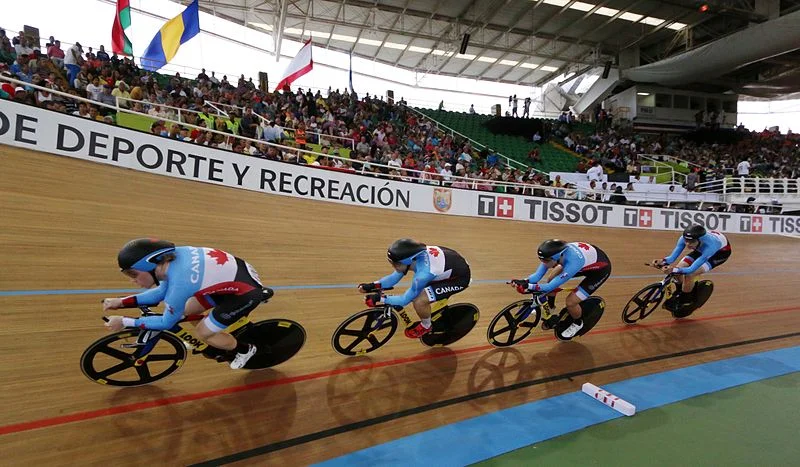
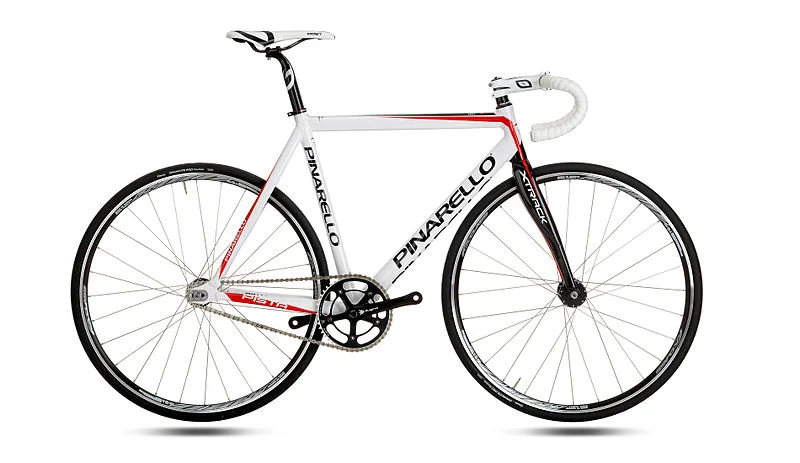

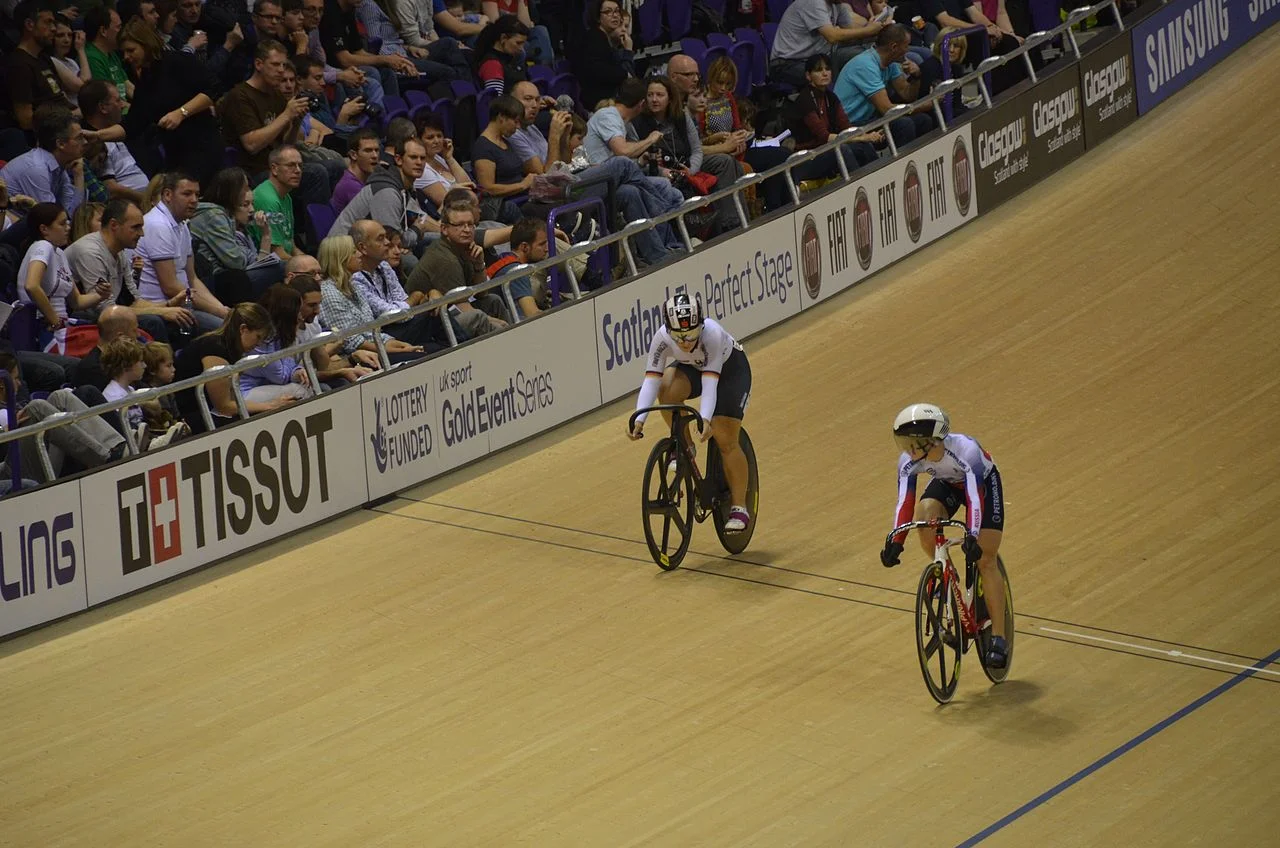
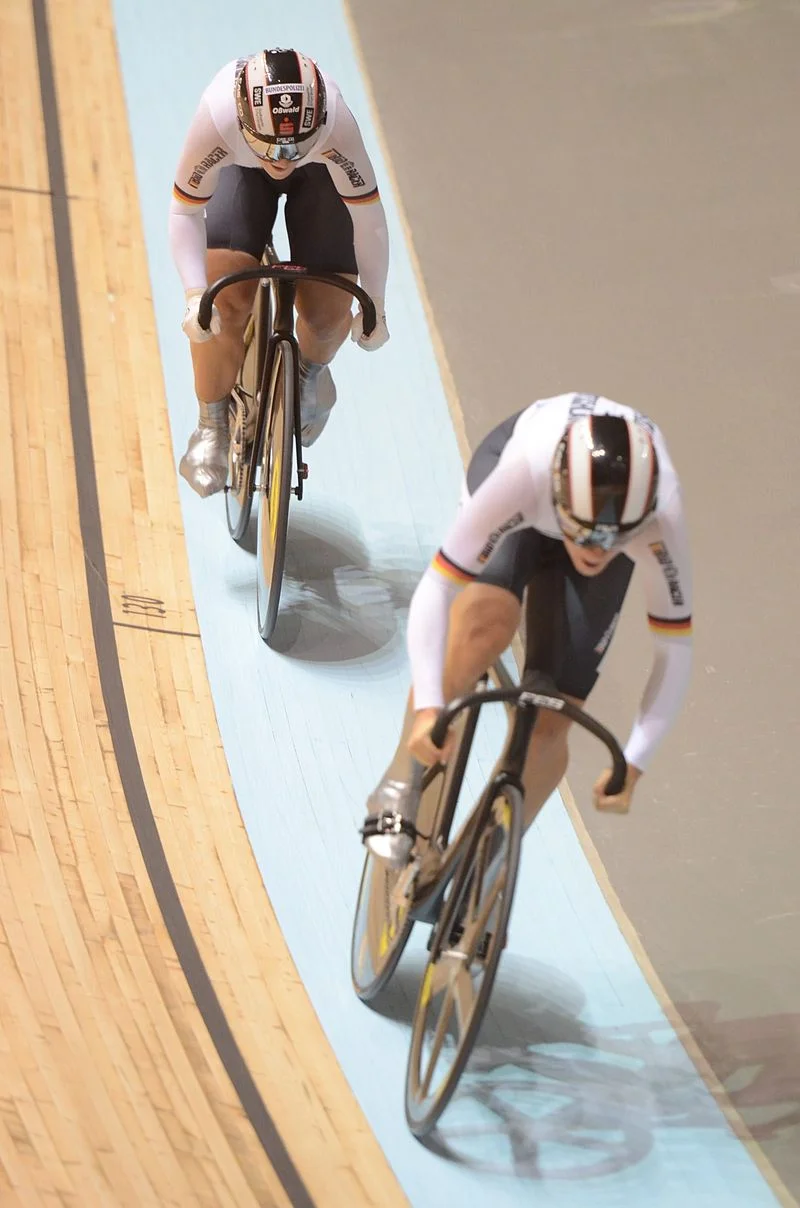
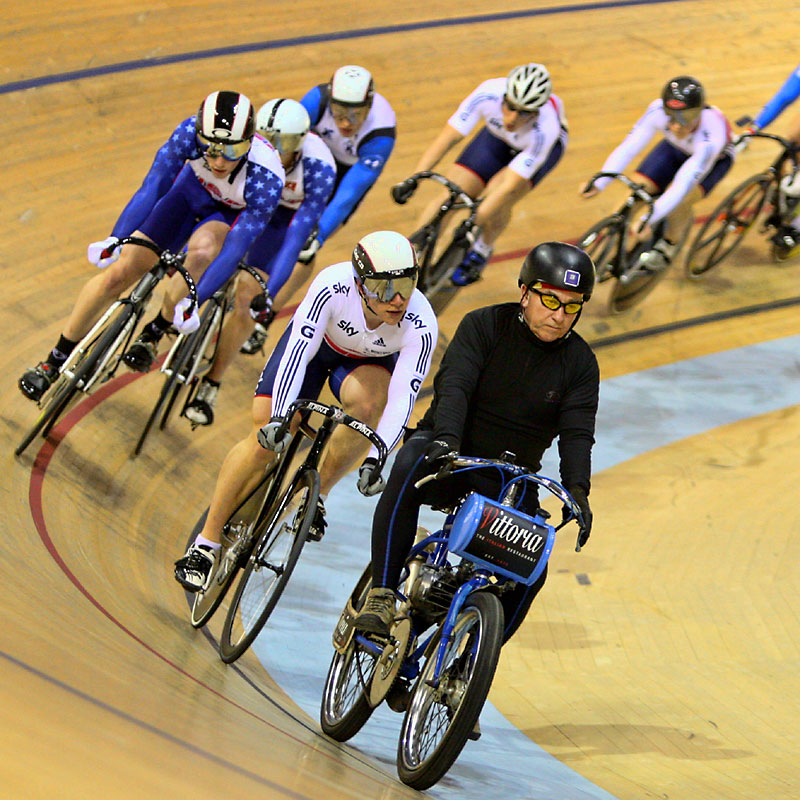
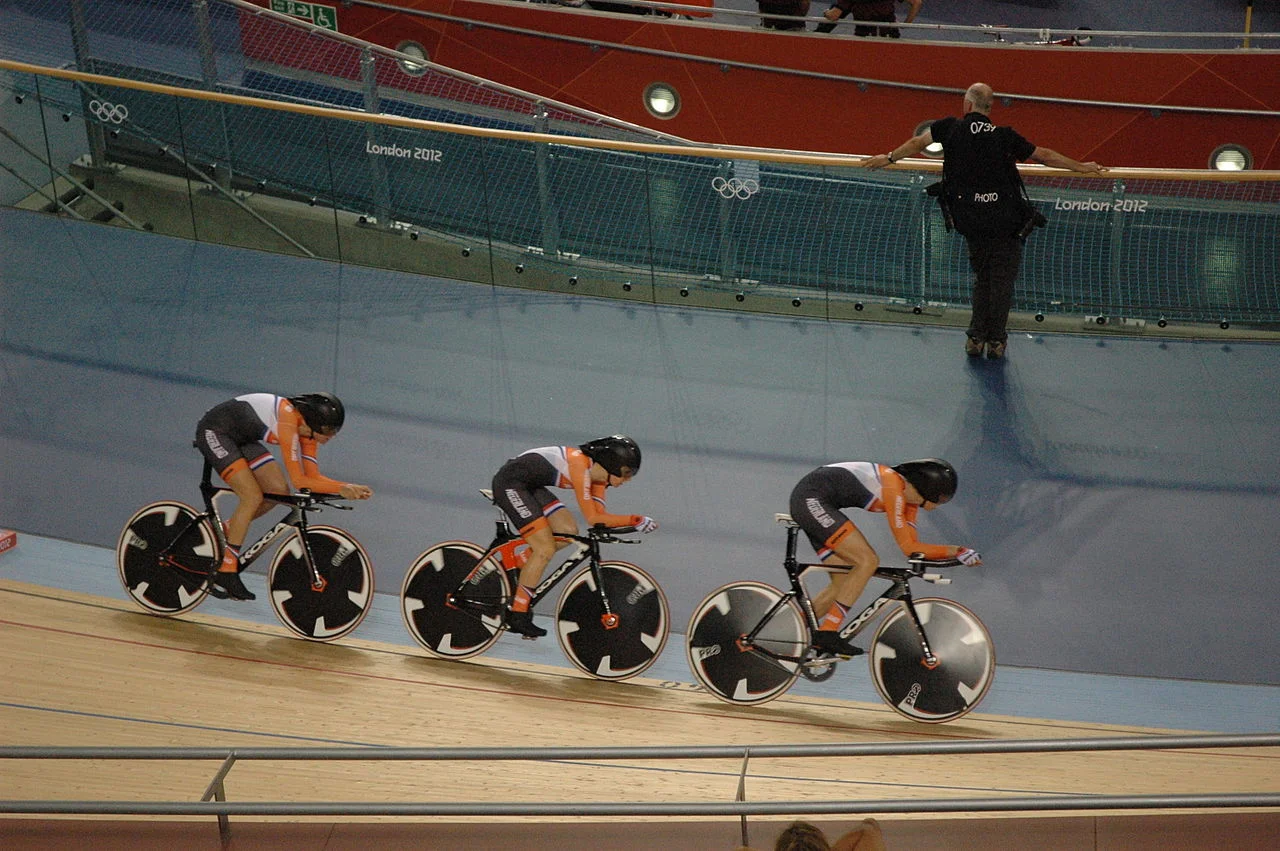





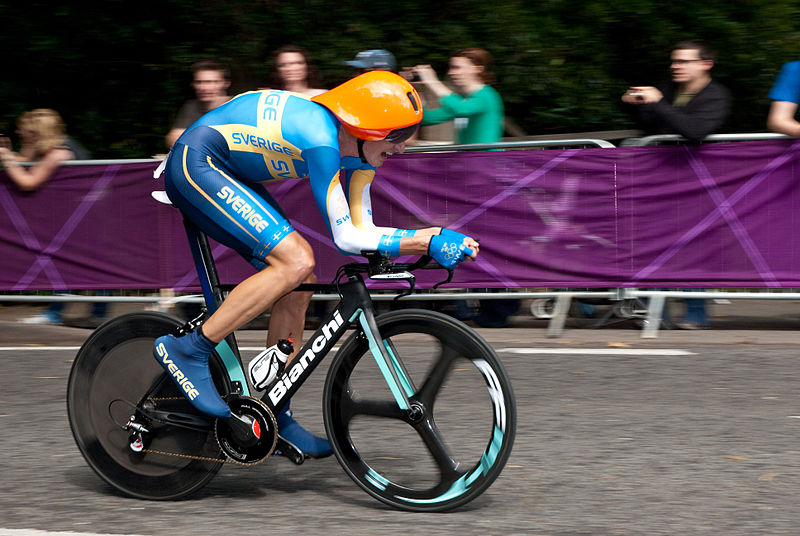


Getting out and going long, and riding an epic with mates is one of the most enjoyable and memorable parts of cycling. Yeah, good hit outs of a morning, or on the weekend can be great fun, but the big, hard, long days in the saddle, those are the ones we sit and dream about.